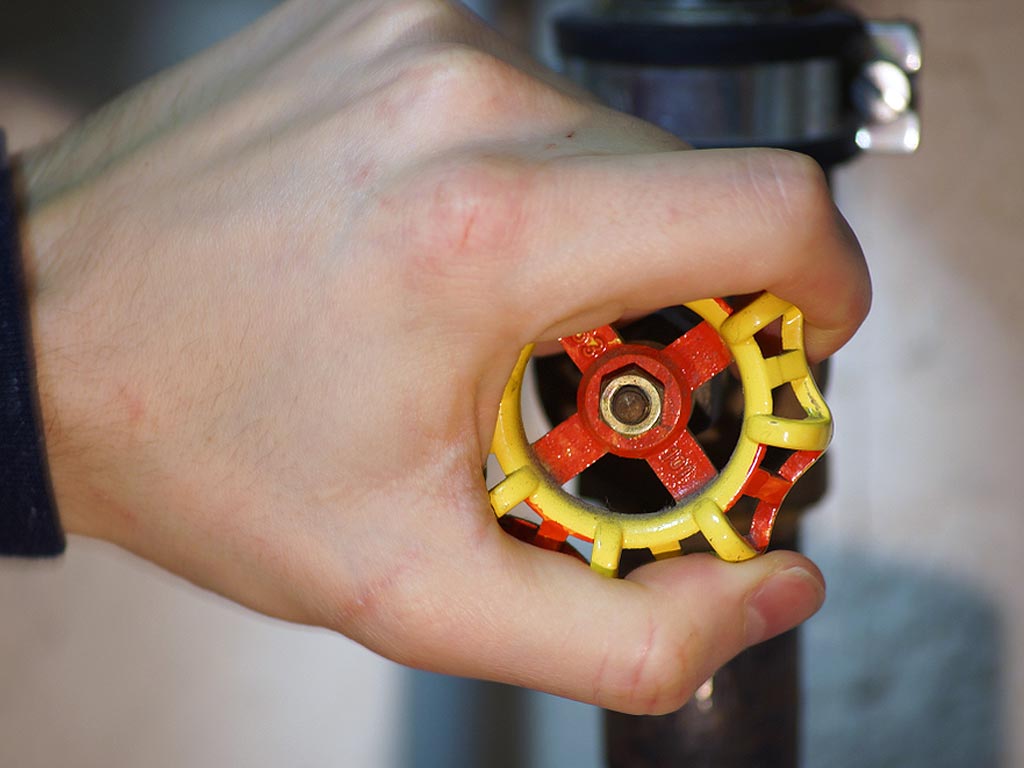There are a lot of different kinds of Park Slope emergency plumbing situations, but the one thing that most of them have in common is the mess. Leaks, flooding, and backing up drains all put your home at increased risk of water damage and worse because houses were not meant to hold water, only to briefly contain it in a sequence of pipes and insulated basins. When your plumbing fails, and water starts to pour into the home, it is time to take decisive action.

The first thing most people do is call a plumber, a professional who can be trusted to take care of the situation and not give up until the house is in a livable state again, but plumbers cannot teleport. Even if the plumber can jump in their car immediately and speed to your rescue, the trip is still likely to take anywhere from twenty minutes to an hour. Unfortunately, your home may not have that long. If the sink is gushing or the toilet is continually overflowing, the pooling water is an immediate risk to your floors, walls, carpets, and furniture which means you need to stop the water fast.
Stopping the Water
One of the great things about modern plumbing techniques is that there is an immediate solution to your project. In fact, there are several of them. Plumbing requires constant water control of where water does and does not go meaning that there are a number of water cut-offs already built into your home. The biggest is your connection to the water main, the city municipal water supply. If you cut this off, no water will be able to get into your home, but then, it will also stop flooding. You can also cut off from a single room more locally by finding an applicance or fixture cutoff switch. These are usually behind or under a fixture.
Locating a Cut-Off
Ideally, if only one fixture or area of your house is acting up, you want to work with local cutoffs so that you can still use all the non-broken plumbing features of your home. This means looking for local cut-offs. When you find the one you are looking for, turn it clockwise to cut off water to that appliance.
Local Cut-Off Locations
- Toilet – Behind the toilet near the floor
- Sinks – Under the sink near the s-tube
- Bathtub – (if exposed) by faucet near the floor
- Washing Machine – at the water connection
If the plumbing problem is not directly related to an easy-to-cut-of, you will have to turn off the water main after all. This is most likely at ground-level, physically close to the meter, and often behind a panel in the wall if not in an exposed area in your garage or a utility closet. When you find it, turn the handle clockwise to cut off all water in the home.
Preparing for Emergency Plumbing
Once you have the water shut off, the gushing, flowing, or leaking that has been occurring should taper down to a stop soon. This will give you a chance to clean up a bit and prepare the area for your emergency plumber who is still on their way. Bail out any sinks or toilets if they do not drain on their own now and put down towels on any soaked surfaces. When the plumber arrives, explain to them which cut-offs you used and why so that they understand the situation.
With the water stopped and a professional finally on the scene to find and repair the cause of your emergency, you can finally relax and change out of your wet socks while the plumber does their work. With any luck, you were quick enough on the cut-off to keep your home safe from water damage. For more helpful plumbing tips and tricks in Park Slope, contact Aladdin Plumbing today.
